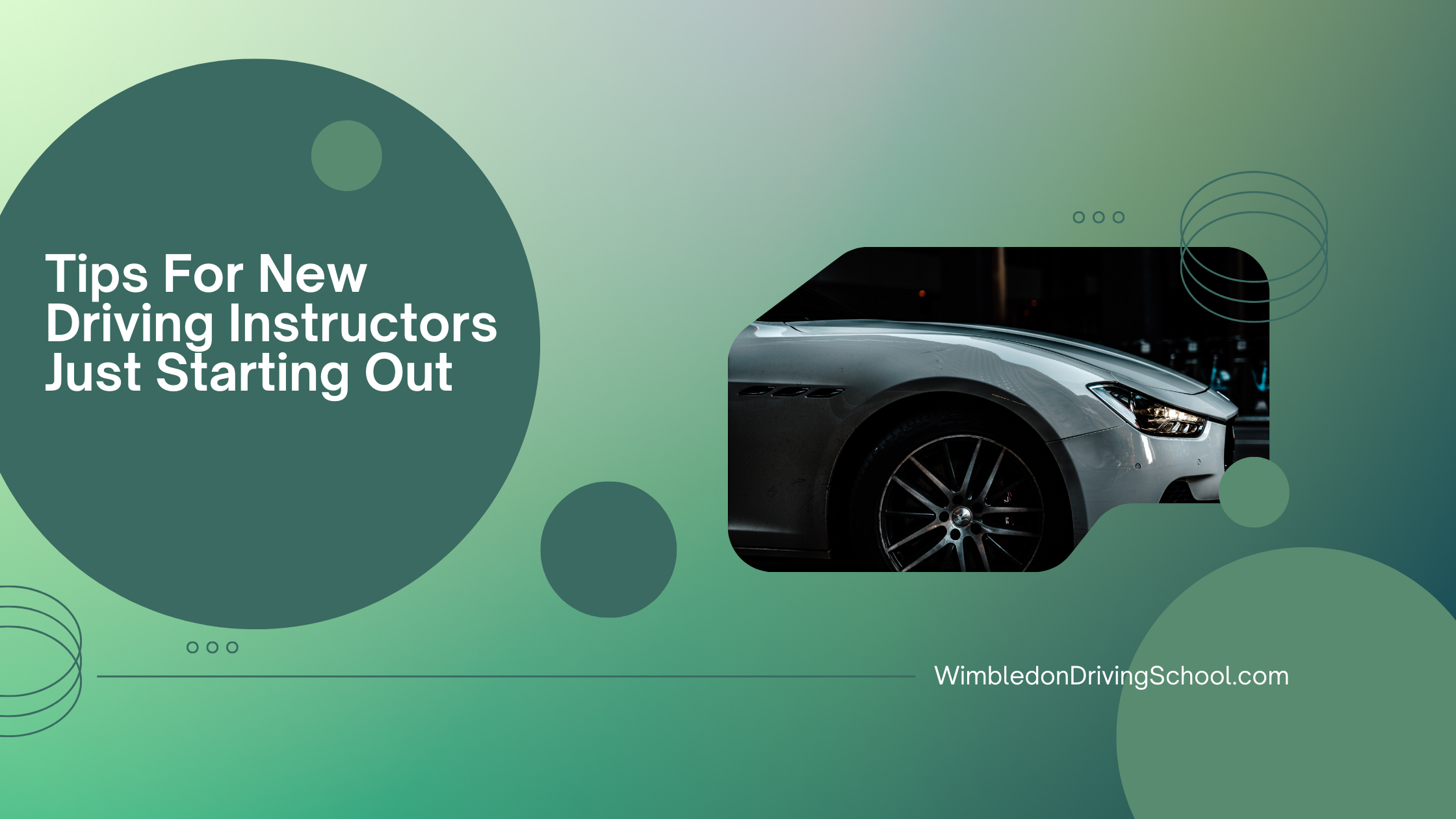As a new driving instructor, it is important to take your time and make sure that you are doing everything correctly. Don’t feel in a hurry to pass your test and start teaching without feeling prepared. You can dedicate a lot of time and money into becoming a driving instructor, so it’s important to feel properly prepared when you first start teaching students.
We’re now going to run through some general advice for instructors that are just beginning their teaching careers.
1. What to Check With Your Pupils on the First Lesson
When you first get started on your lessons, it’s important to run through some key checks before you get underway.
This applies to any new student that you start with, whether they are a beginner or not. It’s essential that you check their driving licence so that you have key details should you need them, for example in an accident or if there is an issue with payment or behaviour.
Not only that, but they must pass the 20-metre eyesight test, by reading a licence plate before you commence.
Finally, you may want to check how they’d like to pay for the day’s lessons. If they want to pay cash, you can then work in a stop at a cash point into the lesson.
2. Go Over the Basics
As drivers, your pupils should know the basic rules of the road and how to drive safely and in a responsible manner.
Of course, this is what you will be teaching them. However, it is vital that, before you begin, they read over the terms and conditions of your driving lessons and be sure to sign in agreement with them.
3. Stick to Your DVSA Training
You’ve passed the ADI part 3 test, but try not to make too many changes to your driving and teaching.
This is because a standards check will be carried out on average every 2-4 years. During which, a supervising examiner from the DVSA will observe your lessons and ensure that you are able to stay on the ADI register. So feel free to teach in your own way, but by sticking to the standards.
4. Creating the Right Lesson Structure
From here, you’re then going to want to ensure that you have a solid lesson structure that you can roughly follow every single time.
Again, you’ll want this to fit in with the DVSA expectations. A basic outline would be to start by greeting the pupil, recap the previous lesson, agree on what this lesson will be on and set some goals for it.
Then you can set the brief, do a Q&A and begin the practical. You can then finish off with a recap, running over strengths and weaknesses, and set some homework for the pupil.
5. Being Prepared in the Car
Finally, you may find that it helps if you can be prepared for being in the car too. Make sure you know how to change a tyre and have a puncture repair kit with you too.
You’ll also want to be sure that, if you don’t know the area well, that you have a Sat Nav to hand.
And if you find yourself in an accident while on a lesson, be sure to take pictures of both cars that show the position of each car and the surrounding areas too.






